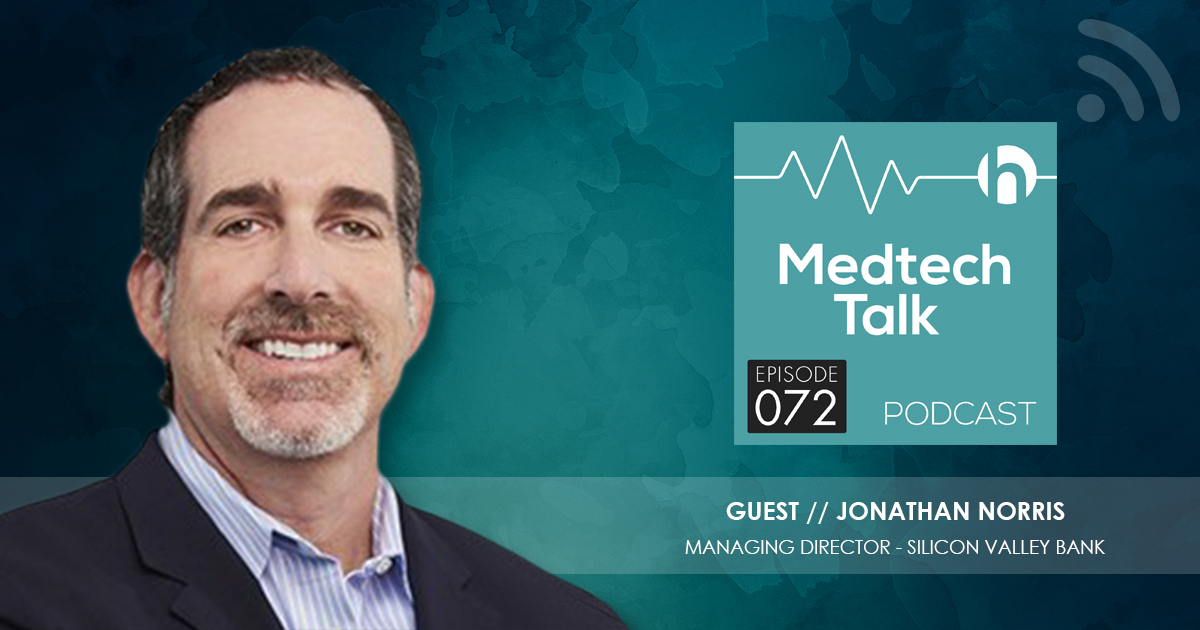Innovation in Medical Devices Powers Healthy Exits Says Norris
Following his well-received
presentation at the Medtech Conference in June, Jonathan Norris, managing director of Silicon Valley Bank, explained why strong returns generated by acquisitions of companies with PMA devices has left him bullish for Medtech investments.
The presentation at the conference, which can be seen
here, builds a strong case for investors who continue to back companies that develop highly innovative technologies that require more stringent review by the FDA.
“When you look at the deals that have been consummated, the numbers speak for themselves,” says Norris. In the podcast, Norris states that the data suggest there is “no reason to shy away from a longer path” because investors can exit faster – and with higher returns – than with “iterative” types of products.
Norris points out that investors made more investments and committed more capital to 510(k)-focused companies than PMA-focused ones. He believes this is a function of investors trying to get to regulatory approval more quickly than they might with a company developing a PMA-tracked product.
However, a faster path to market doesn’t necessarily translate into a quicker exit, according to SVB’s analysis of exit data.
Between 2015 and first-half 2017, 20 companies with 510(k) devices were acquired. Of those, 18 already had a green light from the FDA.
That’s in stark contrast to the 17 companies with PMA devices acquired over the same span. Only one of those needed to secure FDA approval prior to being acquired, indicating that these companies are being acquired a lot earlier in development stage than 510(k), Norris says.
PMA-oriented companies also are being acquired sooner.
The time to exit for 510(k) companies is 9.3 years, whereas PMA is almost half that at 5.5 years, Norris’ report suggests.
Finally, PMA companies are producing stronger investment multiples.
“The dollar amount you can get for a PMA deal on the median up-front dollar size is $240 million versus a 510(k), where the median is $100 million,” explains Norris. That’s 3.8x return for PMA companies, which he says is a “really nice exit” and investors should “feel pretty good about that.”
“Innovative devices,” he says, “are getting comparable exits to what we’re seeing in biopharma [4.5x].”
In a wide-ranging interview, Norris goes on to talk about the latest M&A chatter, a resurgence in biopharma deals, which type of Medtech start-up gets the most action, and the drastic decline in Series A device deals.
